Fast food is a lot like pop music—some hits stay on the charts forever, and others vanish after one catchy chorus.
One day you’re lining up for a burger at a chain that feels unstoppable, and the next? You’re squinting at a faded sign on a shuttered building, wondering, “Wait… what happened to that place?”
But just like bell-bottoms and Polaroids, even fast food joints can make a comeback. Some chains crash and burn, never to be heard from again (RIP, Red Barn), while others dust off the fryer, rebrand with swagger, and come roaring back into the limelight (looking at you, Popeyes).
We’ve rounded up 22 fast food legends—11 that fell off the map and 11 that are staging massive comebacks. Get ready for a salty, crispy, sometimes spicy journey through the rise, fall, and rebirth of America’s favorite guilty pleasures.
1. Kenny Rogers Roasters
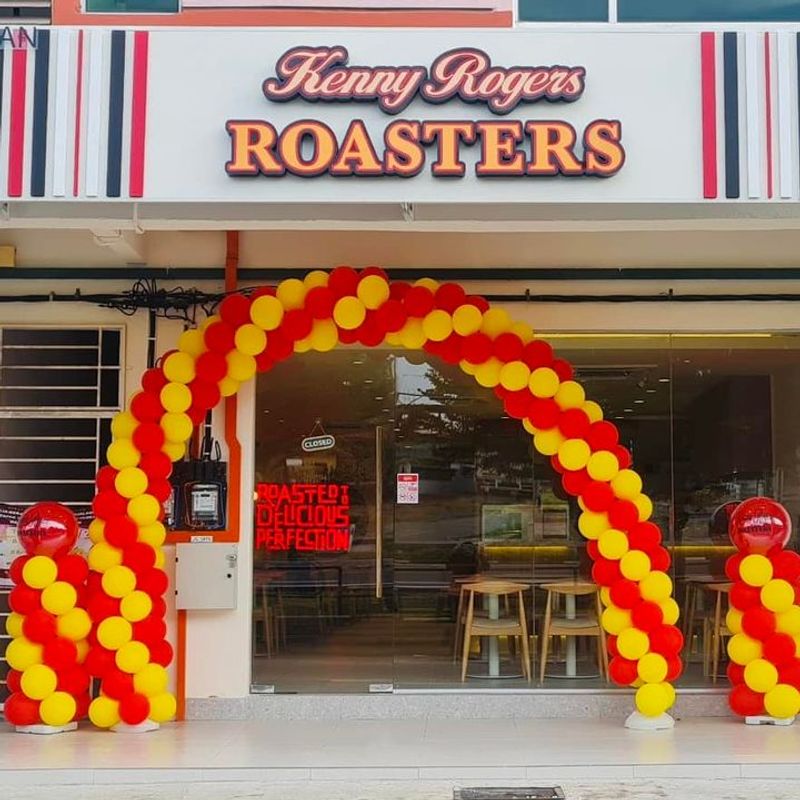
There was a time when Kenny Rogers wasn’t just crooning country hits—he was also slinging rotisserie chicken like a Southern-fried legend. With juicy, slow-roasted birds and hearty sides, the chain brought a home-cooked vibe to the fast food scene.
Then came the slow burn. Despite a cult following and a priceless cameo in Seinfeld, Kenny Rogers Roasters never quite secured a lasting spot in the American foodscape. Competition was fierce, branding felt stuck in the ’90s, and newer players had flashier gimmicks.
Today, you’ll still find a few scattered locations overseas, but in the U.S., this once-promising chain has mostly been reduced to memories—and reruns.
2. Howard Johnson’s
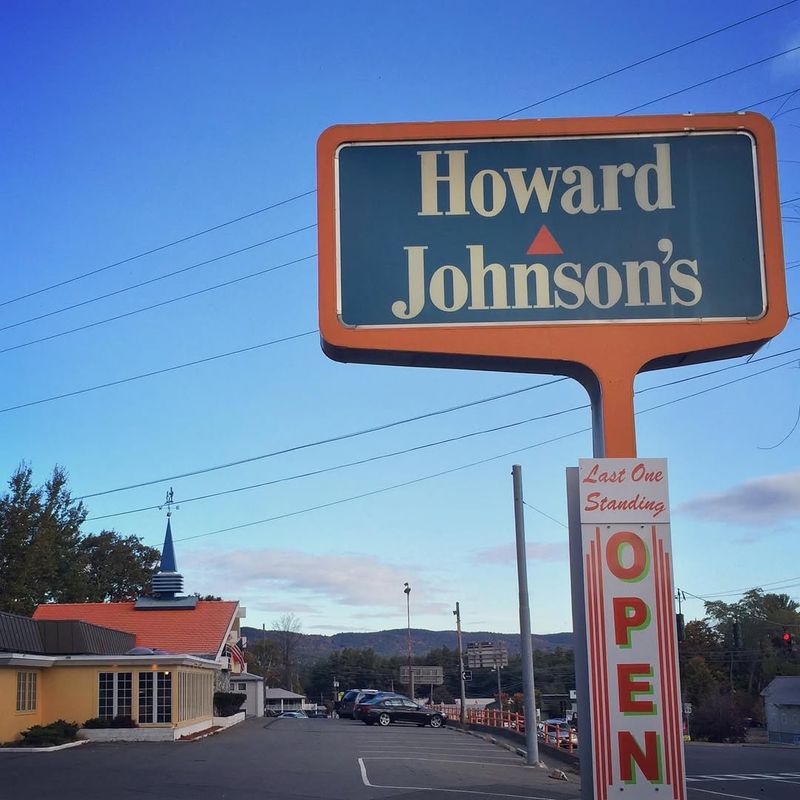
If you took a road trip with your parents in the ’70s or ’80s, chances are you stopped at a HoJo’s. With its iconic orange roof, 28 flavors of ice cream, and a sit-down restaurant attached to motels, Howard Johnson’s was more than food—it was an experience.
But nostalgia only gets you so far.
As fast food got faster and lodging chains modernized, HoJo’s couldn’t keep up. The food became forgettable, the buildings outdated, and the magic evaporated. By the 2000s, it had all but vanished from the map.
Today, it’s a trivia answer or a time capsule, not a place you’d pull over for on I-95.
3. Burger Chef
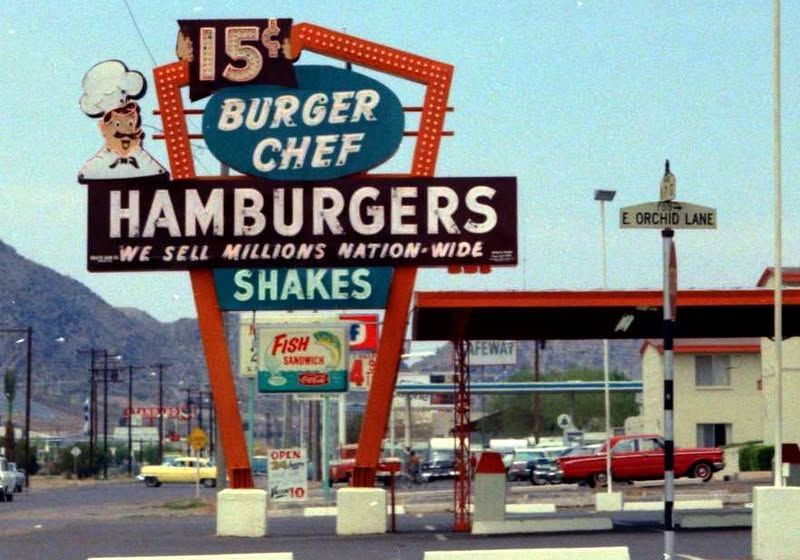
Back in the day, Burger Chef wasn’t just some knockoff—this was a serious McDonald’s contender. It introduced combo meals before anyone else and even had its own cast of quirky mascots, giving Ronald McDonald a run for his money.
But as fast food evolved, Burger Chef stalled.
Ownership changes, underwhelming rebrands, and a corporate buyout by Hardee’s spelled doom for the chain. One day you were grabbing a Burger Chef Funmeal, and the next, poof—Hardee’s had taken its place.
Its legacy lives on in the fine print of fast food history books, but don’t expect a revival any time soon.
4. Wag’s
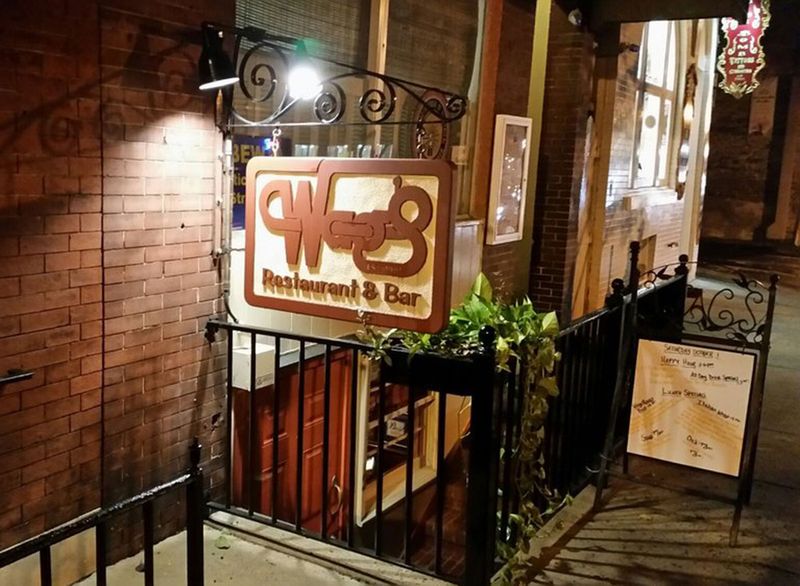
Think Denny’s… but owned by Walgreens. Wag’s tried to carve out a slice of the diner crowd in the ’80s, dishing out breakfast all day and budget-friendly meals.
The concept sounded promising: drugstore giant starts a diner chain, everyone eats pancakes, and the American dream lives on.
But reality had other plans.
Wag’s just couldn’t gain enough traction to compete with full-on breakfast chains. Most customers didn’t even realize Walgreens had a food arm. The diner market was saturated, and Wag’s quietly slipped into the void by the early ‘90s.
Now, it’s mostly remembered by people who are really into vintage menus.
5. Red Barn

Red Barn wasn’t subtle—it literally shaped its restaurants like barns. And inside those barn doors? Some of the juiciest burgers and catchiest jingles of the 1960s and ‘70s.
Big Barney, the Barnbuster, fried chicken—this place had range.
But despite a devoted following and great food, the business behind the scenes was a mess. Ownership changed hands multiple times, and expansion stalled out. Locations started disappearing faster than the fries at lunchtime.
By the mid-1980s, the barn doors had closed for good in most places. Some buildings still exist, retrofitted into other businesses—little nostalgic odes to a fast food chain that almost made it.
6. Sambo’s
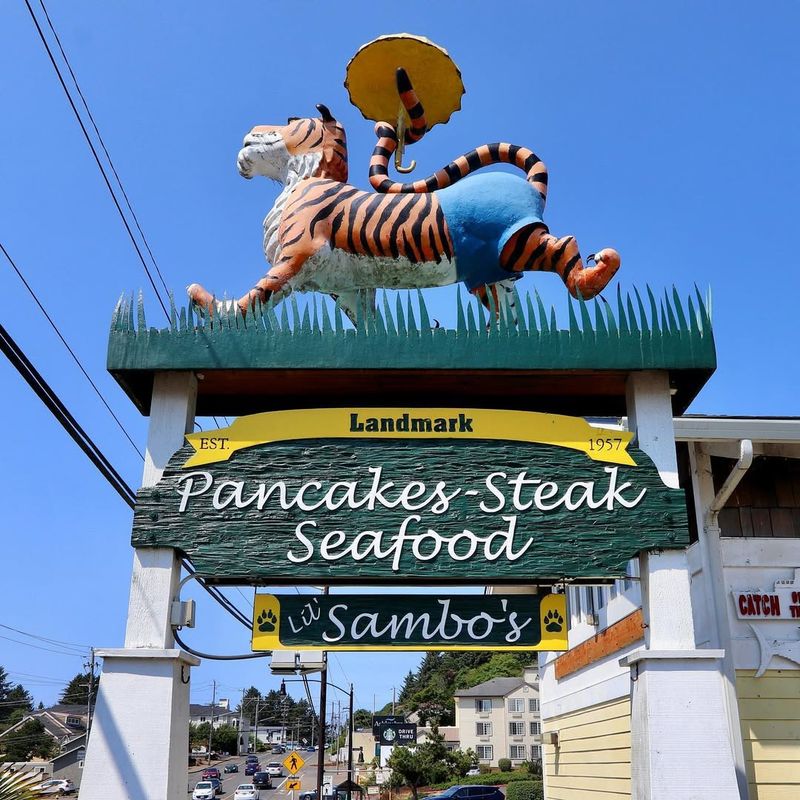
Starting off with pancakes and ending in controversy, Sambo’s rose quickly as a diner chain with hearty breakfasts and diner-style charm. But the brand leaned heavily into a name and theme rooted in a racially insensitive story, and times changed.
By the 1980s, people weren’t laughing at the outdated cartoon branding anymore—they were rightfully upset.
Even though the food was solid and the service reliable, public backlash and legal battles over the name made expansion impossible. Sambo’s tried to rebrand and adapt, but the damage was already done.
Today, the name is a cautionary tale more than a culinary legacy. Pancakes can’t save a brand from a PR disaster.
7. Chi-Chi’s
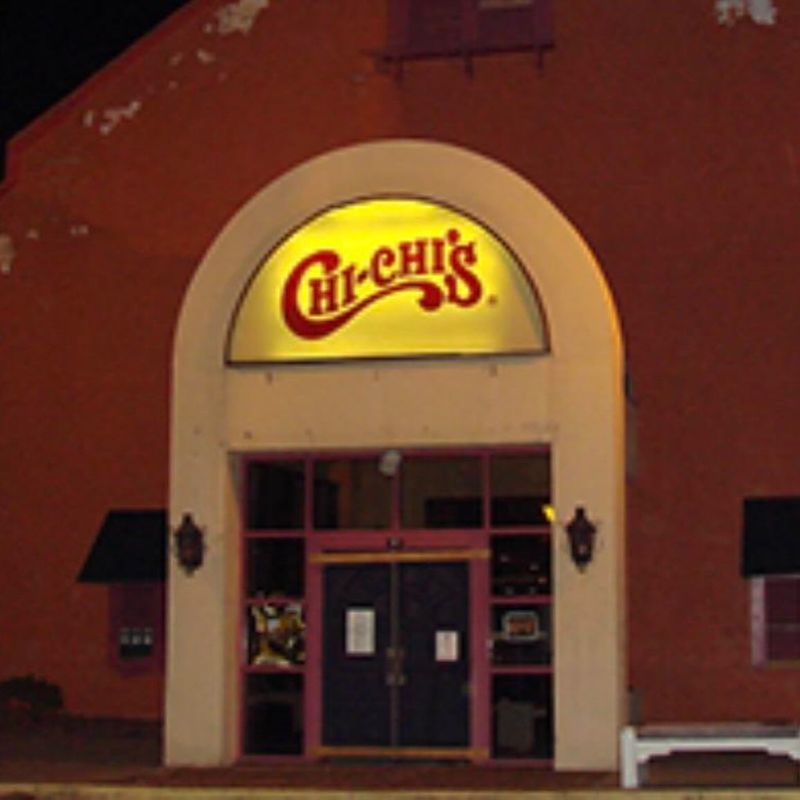
Bold colors, sombrero-shaped signage, and a menu packed with sizzling fajitas and fried ice cream—Chi-Chi’s was a suburban dream of “authentic” Mexican food. It brought flair to the Midwest, where Tex-Mex was still a novelty.
But a storm was brewing under all that cheese and sour cream.
After a hepatitis A outbreak linked to green onions in the early 2000s—and several rounds of financial trouble—Chi-Chi’s couldn’t recover. Even die-hard fans with cravings for their salsa had to say goodbye.
Today, you can still find Chi-Chi’s-branded salsa in stores, but the restaurants themselves have faded into the fog of fiesta-themed memories.
8. Bennigan’s
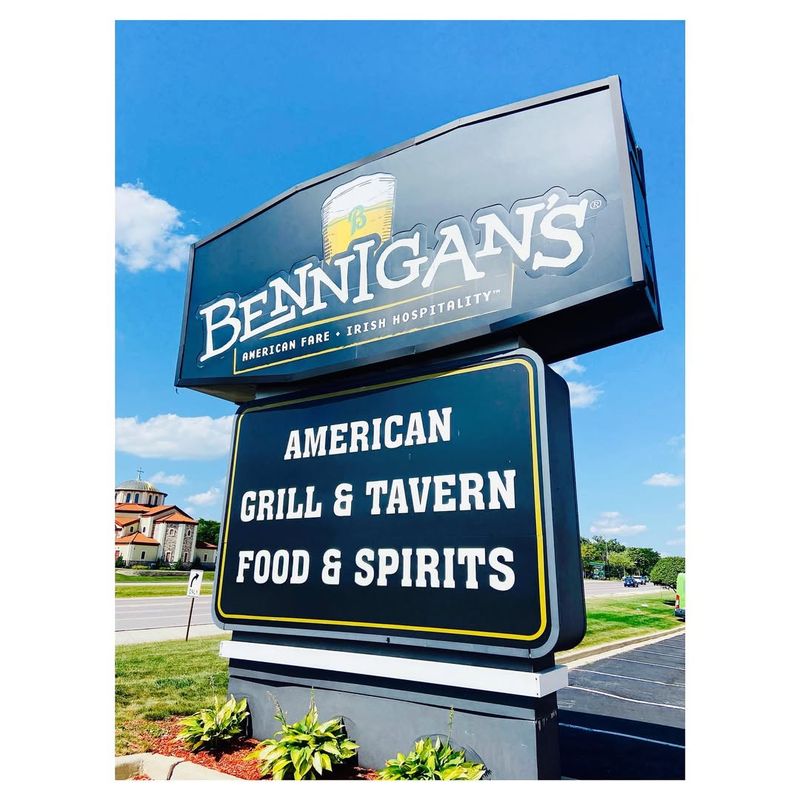
Ah, the fern bar. Bennigan’s was the go-to for after-work drinks, potato skins, and Monte Cristo sandwiches that could double as a workout. It walked the line between bar and family dining—perfect for the ‘80s vibe.
But as chain dining evolved, Bennigan’s didn’t.
They stuck to their outdated decor and menu just a little too long. The 2008 recession delivered the final blow, forcing dozens of locations to shutter seemingly overnight. Suddenly, that Friday-night meet-up spot was just… gone.
There are still a few scattered locations trying to make a comeback, but the heyday of Bennigan’s? That’s sealed in neon and nostalgia.
9. Minnie Pearl’s Chicken
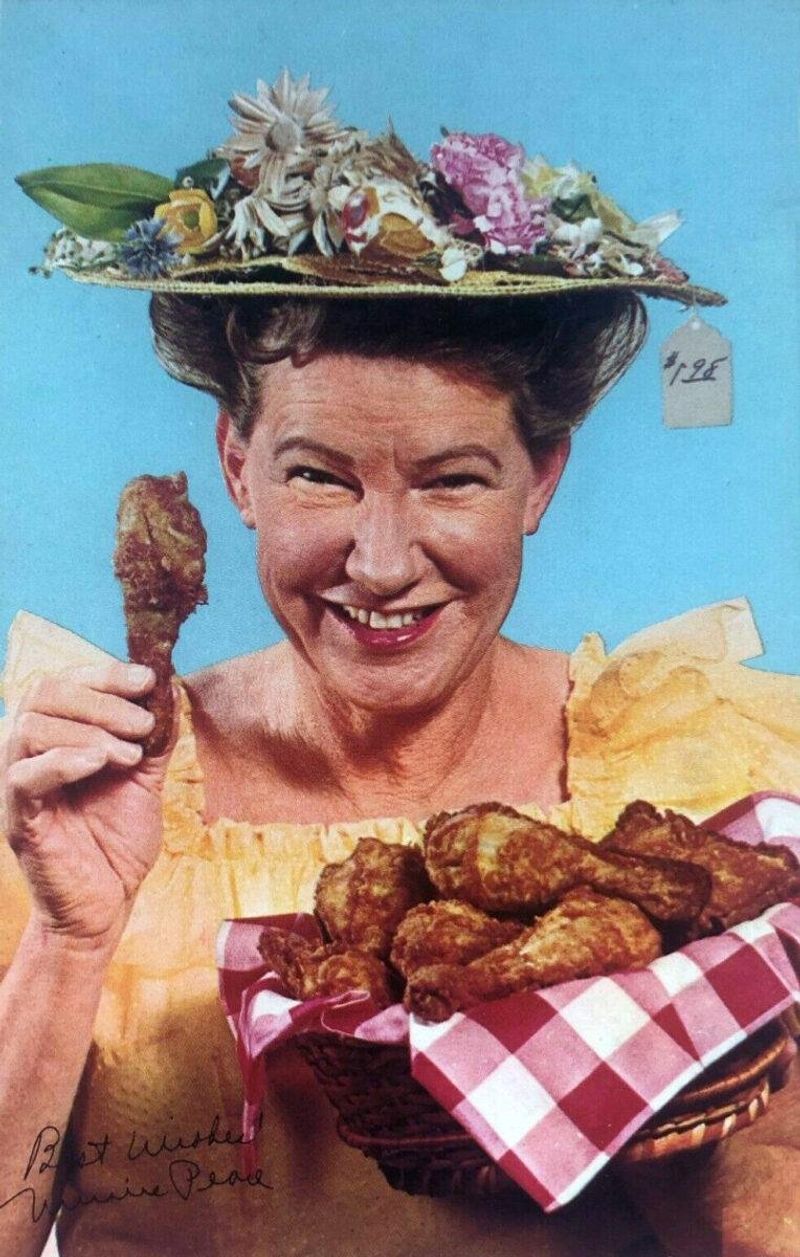
Country star Minnie Pearl lent her name to this fried chicken venture during the 1960s, and for a hot minute, it looked like KFC had a serious rival. The draw? Southern charm, crispy chicken, and a whole lot of marketing pizzazz.
But it turned out they were faking it ‘til they broke it.
The chain expanded too fast with no real infrastructure, and lawsuits over franchise fraud came rolling in. One moment there were hundreds of locations; the next, investors were bailing and buildings were closing.
Minnie Pearl’s Chicken burned bright—and burned out fast. A fried fable, if you will.
10. Hamburgers
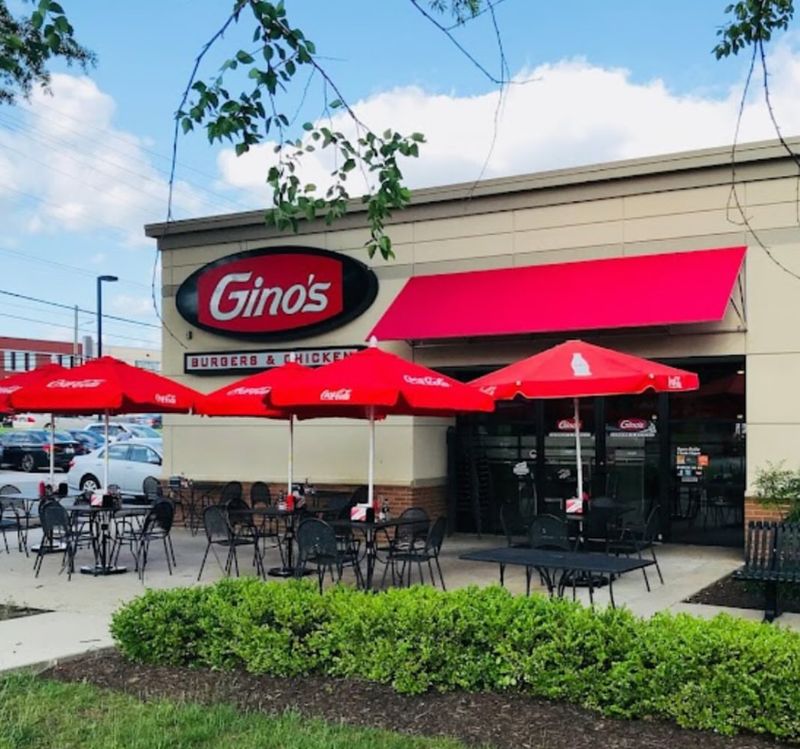
Football legend Gino Marchetti brought burgers to Baltimore with Gino’s, a fast food joint that combined sports pride with greasy goodness. Fans loved the Gino Giant (their answer to the Big Mac) and the combo meals with Kentucky Fried Chicken.
Yeah, Gino’s had a KFC hookup—talk about power moves.
But despite its hometown love, Gino’s struggled to grow nationally. Hardee’s came knocking with a buyout, and the Gino’s name slowly disappeared from signage across the country.
There’s been a small effort to revive the brand locally, but outside of Maryland, Gino’s is a classic case of regional fame that couldn’t go coast-to-coast.
11. Lum’s
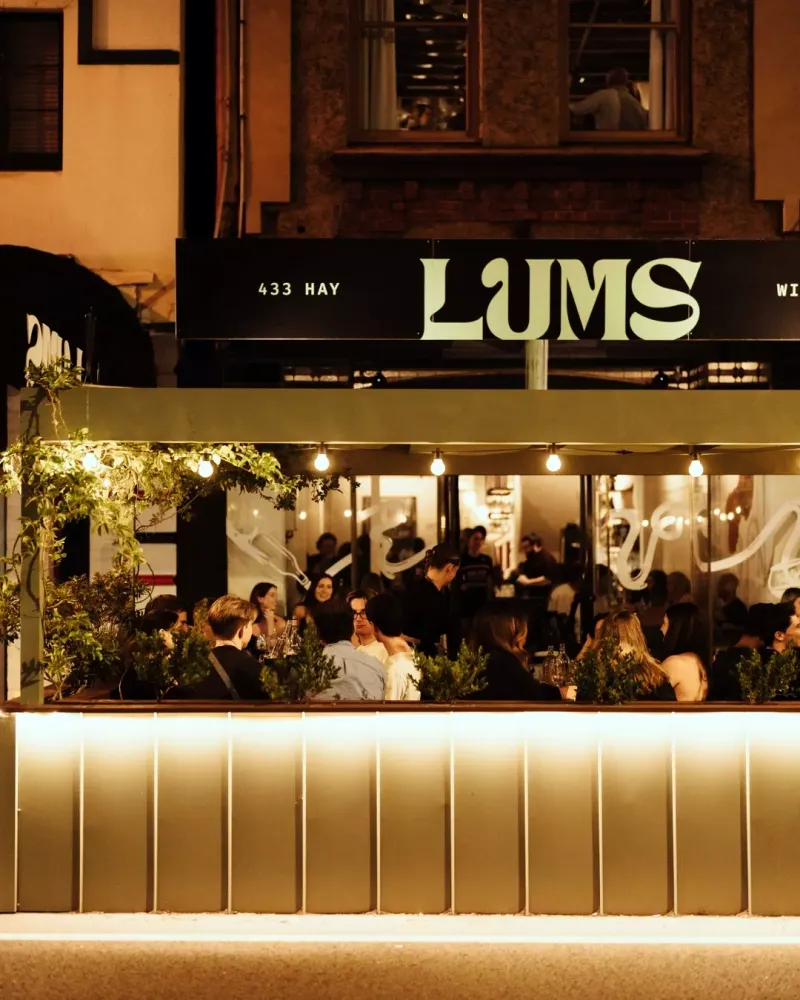
Beer-steamed hot dogs may sound like a dorm room experiment, but Lum’s turned that strange concept into a brand. Founded in the ’50s, it found its groove with casual, quirky charm and a one-of-a-kind menu.
Oh, and did we mention it was once owned by the guys who bought Caesar’s Palace?
Despite its Vegas glitz and novelty appeal, Lum’s couldn’t keep up with the juggernauts of burgers and fries. Locations began to close in the ’80s, and a chain known for its steamed dogs became a fading footnote.
Nowadays, Lum’s is more of a Trivial Pursuit answer than a lunch option. But you’ve got to respect the hustle.
1. Wendy’s
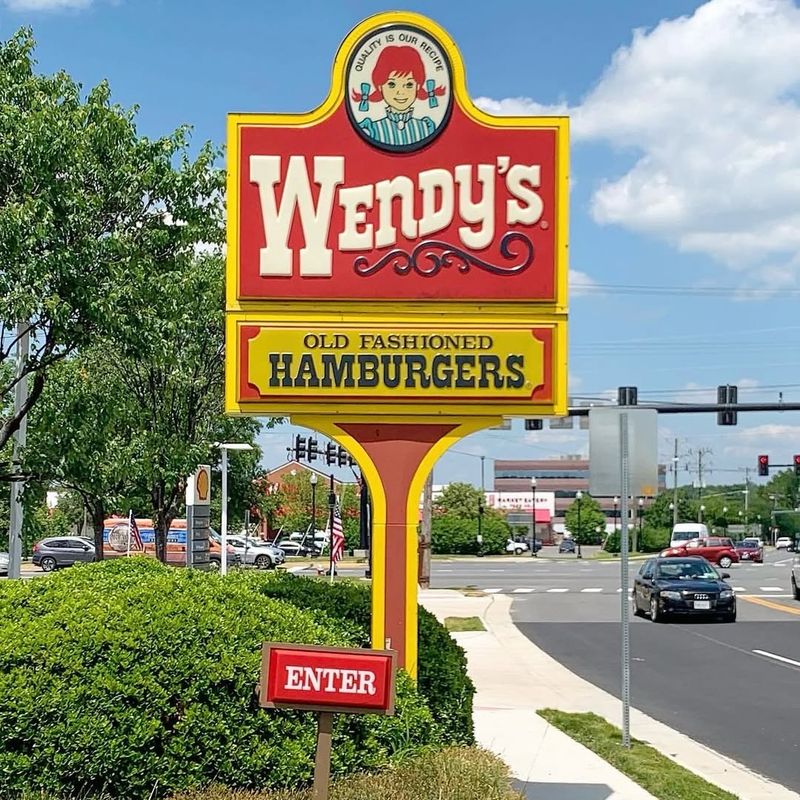
Once dismissed as a square-pattied underdog in a sea of golden arches, Wendy’s has pulled off a glorious glow-up. The menu got sassier, the tweets got spicier, and suddenly, everyone remembered how good those Frostys are.
They rolled out breakfast (finally!) and nailed it—because who wouldn’t want a Honey Butter Chicken Biscuit at 8 a.m.?
Their social media game? Legendary. Their marketing? Sharp, funny, and culturally tapped-in. Combine that with a revamped, modern menu and a commitment to fresh, never frozen beef, and you’ve got a fast food comeback story for the ages.
Wendy’s is no longer just “that other burger place.” It’s a full-blown player.
2. Domino’s
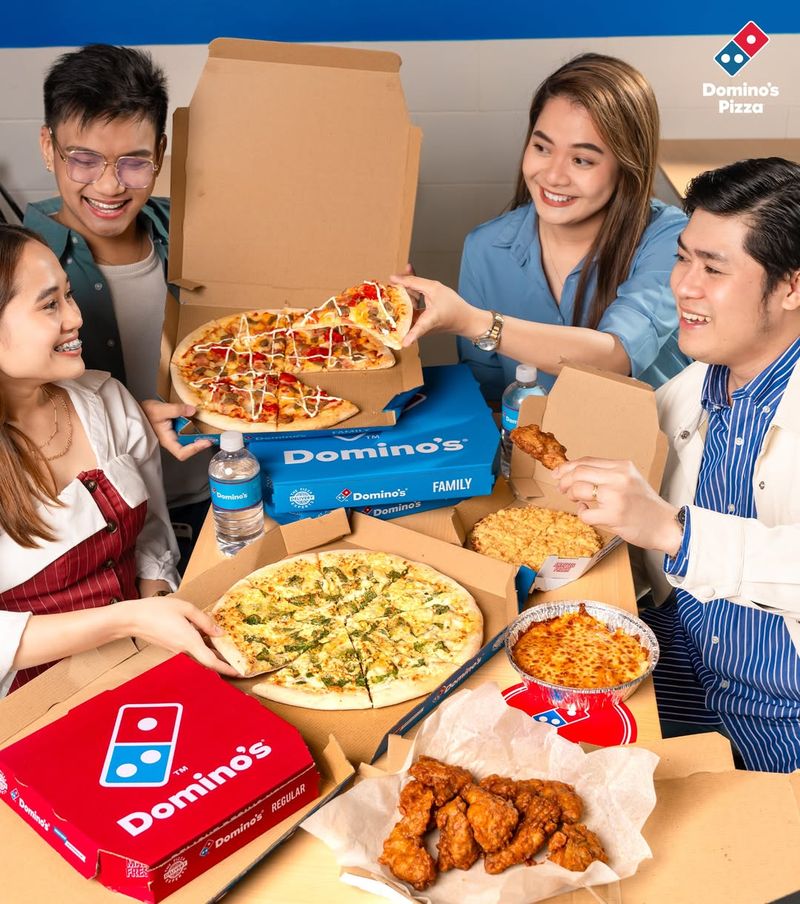
Let’s be honest—Domino’s used to be the “meh, it’s cheap” pizza. But in one of the most impressive mea culpas ever, they straight-up admitted their pizza wasn’t good… and then changed everything.
New recipe, better crust, more toppings, and an ad campaign that was shockingly self-aware—it worked like a charm.
Now they’re innovating with delivery tech, ordering apps, and even dabbling in robot delivery. Their turnaround wasn’t just culinary—it was technological.
Domino’s didn’t just get back on the map—they GPS-tracked their way to the top of the pizza game. That’s what we call a hot slice of redemption.
3. Popeyes

No one saw it coming—but the Chicken Sandwich War of 2019 launched Popeyes into the stratosphere. Suddenly, lines wrapped around buildings and tweets were being fired off faster than orders at the drive-thru.
That one sandwich had America acting unhinged.
But it wasn’t just a viral moment—it was the spark Popeyes needed to revamp their brand, polish their image, and reintroduce themselves to a new generation of fried chicken lovers.
With Cajun-seasoned swagger and bold flavors, Popeyes now feels like the cool cousin of the chicken world. And honestly? They’ve earned the crown.
4. Taco Bell
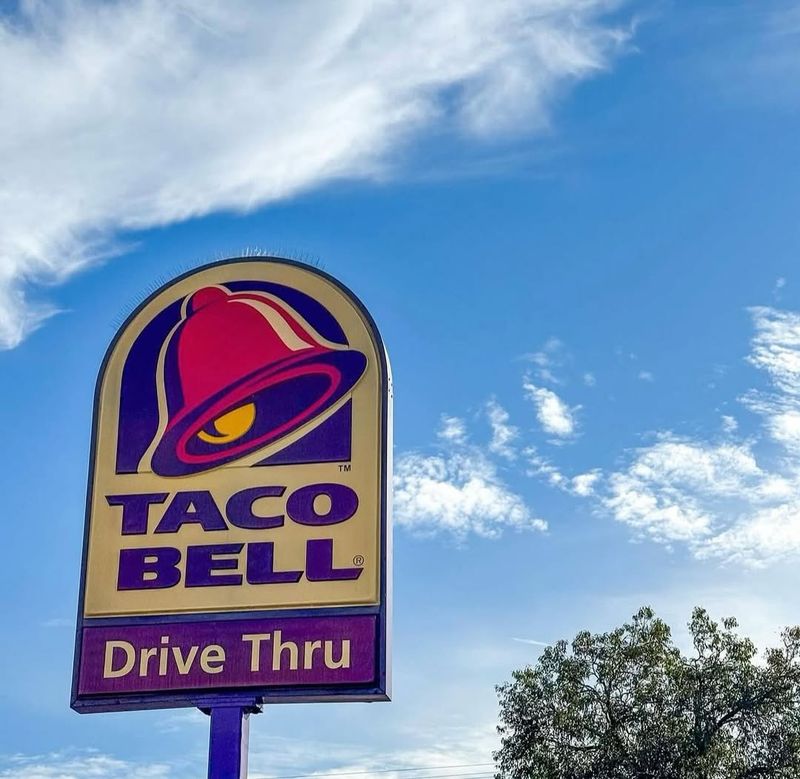
There’s always been something delightfully chaotic about Taco Bell—where else can you get a taco inside a burrito wrapped in a quesadilla, all for a buck?
But lately, the Bell has been ringing louder than ever.
They’ve embraced limited-time favorites (hello, Mexican Pizza comeback), celebrity collabs, and a clever social media presence that balances absurdity with cult-level loyalty. Their menu stays fresh by not being afraid to get a little weird.
And weird works. Whether it’s late-night munchies or vegetarian options that actually slap, Taco Bell is giving the people what they crave—with a side of hot sauce.
5. Jack in the Box
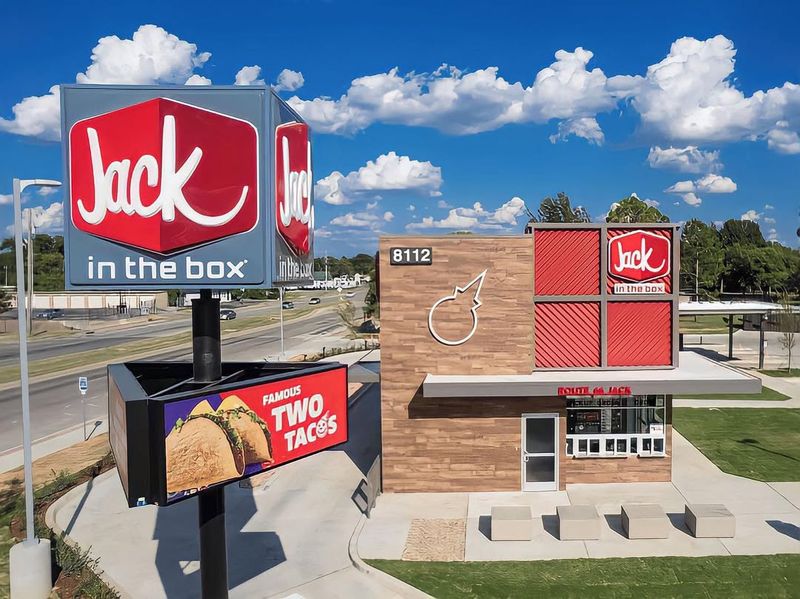
With its unapologetically strange commercials and mascot that looks like he moonlights in a ska band, Jack in the Box has long leaned into its oddball reputation.
But in recent years, it’s turned that weirdness into a winning formula.
They’ve doubled down on their all-day, all-night menu. Tacos at 3 a.m.? Burgers with curly fries at 7 a.m.? No rules here. Jack gets it.
That “anything goes” attitude, paired with menu innovation and social-savvy marketing, has sparked a major comeback. And thanks to new expansion plans, Jack is popping up in places that haven’t seen him in decades.
6. White Castle
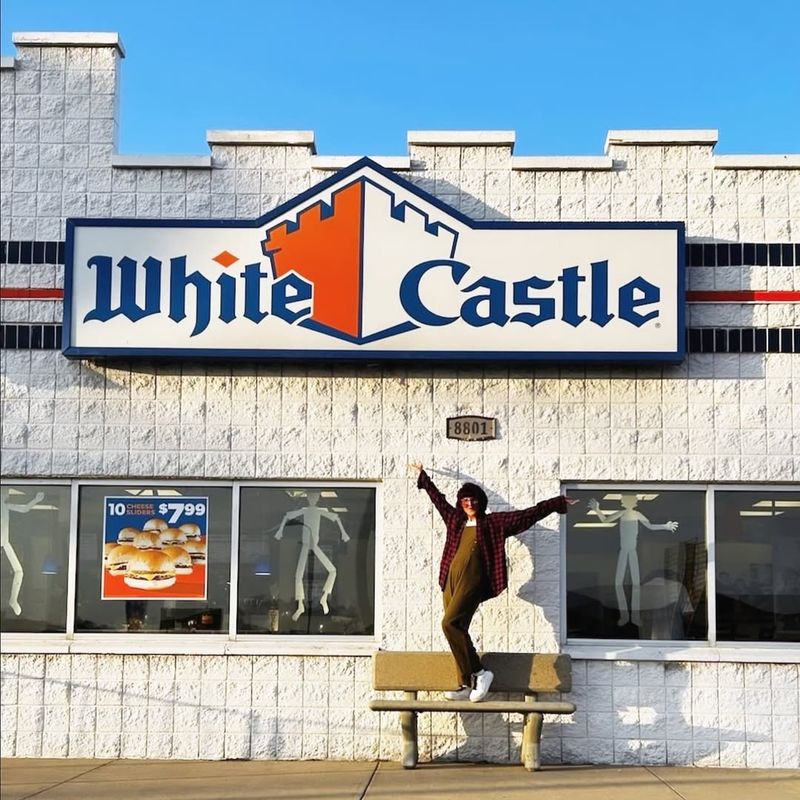
Sliding back into popularity—literally and figuratively—White Castle has been riding a nostalgia-fueled high. But this isn’t just a case of “remember the good old days?” It’s smart branding and menu innovation.
The Impossible Slider made a splash with plant-based eaters, proving the Castle can evolve with the times.
They’ve also leaned into their cult-favorite status with pop culture partnerships, limited edition drops, and ghost kitchens that make sliders accessible even if you’re nowhere near the Midwest. Plus, who doesn’t want a crave case during movie night?
From Harold & Kumar to high-tech kitchens, White Castle is aging like a fine mini-burger.
7. Church’s Texas Chicken
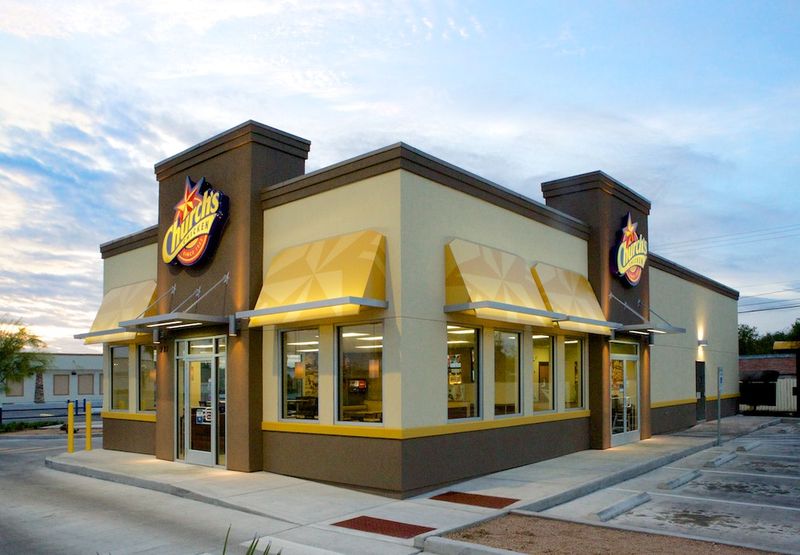
This fried chicken chain has always been lurking just behind Popeyes and KFC, but now? It’s starting to shine in its own right. Church’s has rebranded as Church’s Texas Chicken, dialing up the Southern charm and bold flavor.
And that honey butter biscuit? It deserves a fan club.
With international growth, a simplified but flavorful menu, and spicy reworks of old favorites, Church’s is winning over new fans and reeling in those who might’ve forgotten it.
It’s no longer just the chicken joint next to the gas station—it’s becoming a destination of its own.
8. Arby’s
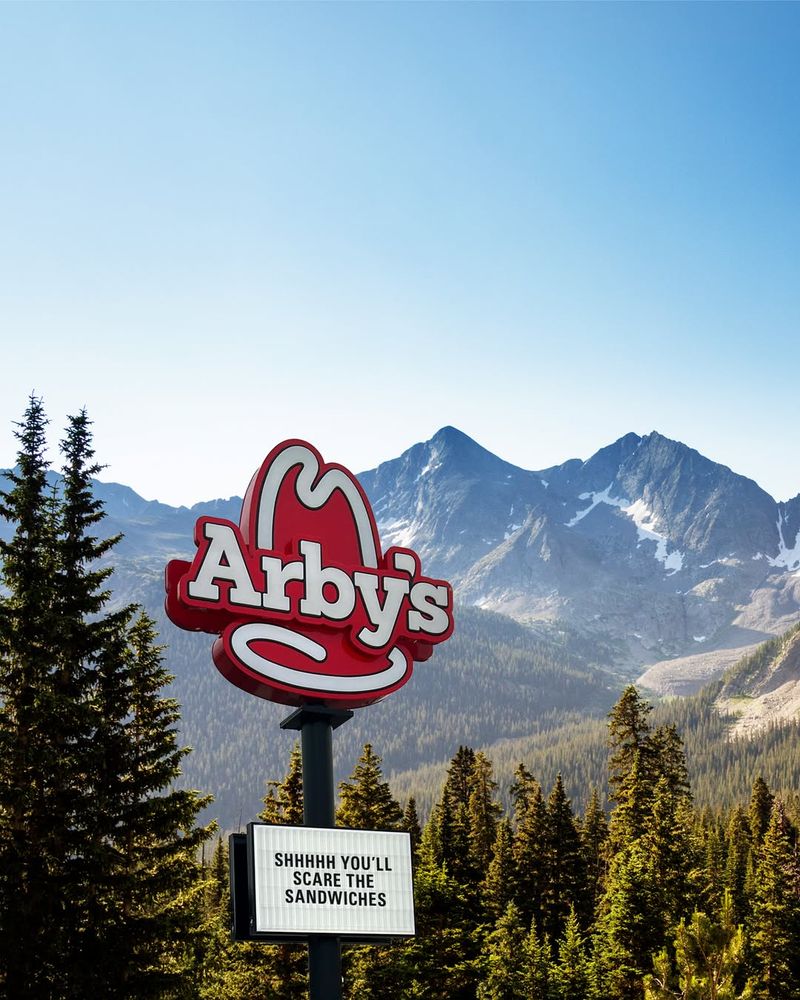
There was a time when Arby’s was the butt of the joke. “Who eats at Arby’s?” people asked. Turns out—a lot of people. And for good reason.
Arby’s embraced its weirdness with that bold slogan: We Have the Meats—and leaned hard into savory, smoky, beefy indulgence.
With brisket sandwiches, venison specials, and curly fries sent from heaven, Arby’s now feels confident and unbothered by the haters. Add in clever, meme-worthy marketing, and you’ve got a rebrand that worked shockingly well.
It’s the comeback no one saw coming. And honestly? We’re here for it.
9. Quiznos
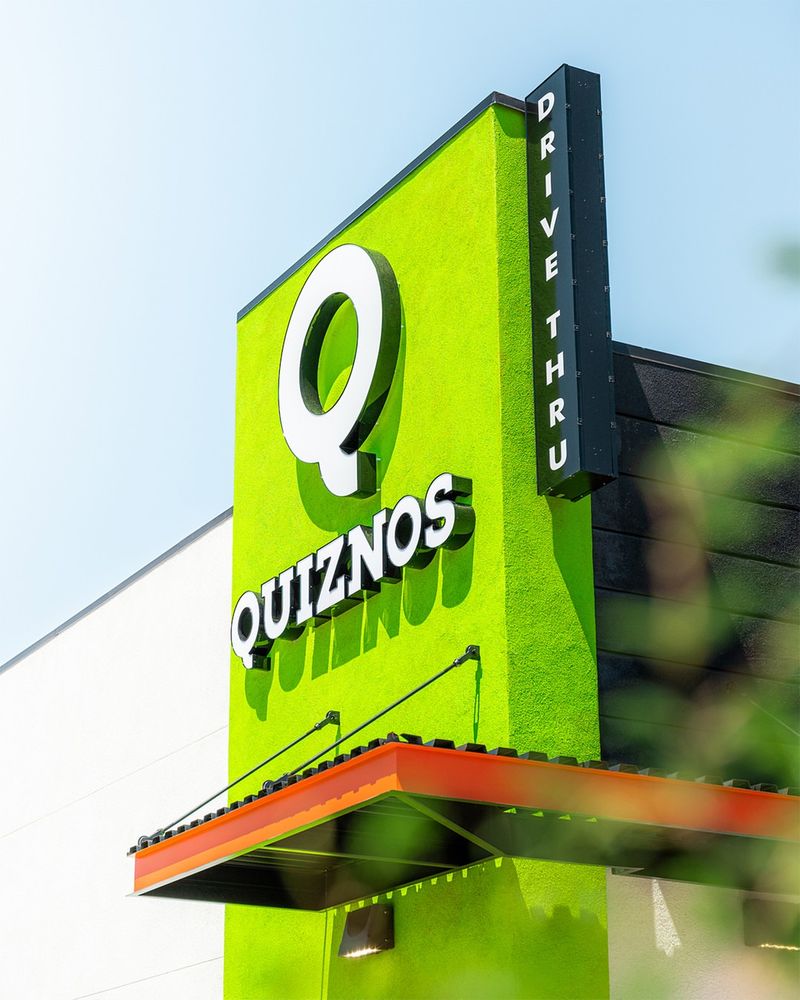
Toasty subs and quirky commercials once made Quiznos a sandwich star—but then it over-expanded, fizzled, and faded. Fast forward a few years and… surprise! The oven’s heating back up.
New ownership has sparked a quiet revival with smaller, more efficient store models and a renewed focus on quality ingredients.
They’re leaning into nostalgia with revamped versions of old favorites, while also testing international markets and ghost kitchens. No more weird sponge monkeys (thank goodness), just classic Quiznos with a modern edge.
It’s still early days, but the toaster might be back in business.
10. Hardee’s (aka Carl’s Jr.)
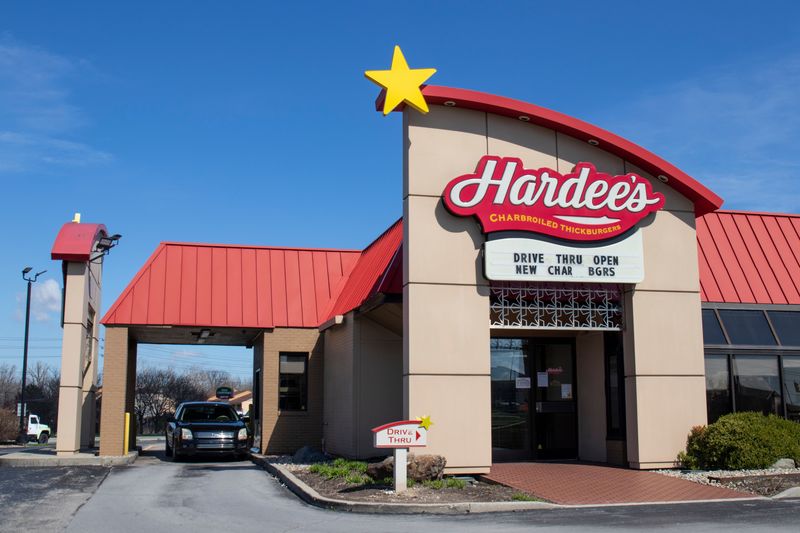
Depending on where you live, it’s either Carl’s Jr. or Hardee’s—but both sides of the burger family have seen a refresh. After years of weirdly racy ads and inconsistent quality, the brand pulled a much-needed 180.
Now it’s all about thick, juicy burgers, made-from-scratch biscuits, and bold new menu launches that actually taste as good as they look.
They’ve cleaned up the image, added breakfast credibility, and leaned into regional strengths. The goal? Fewer gimmicks, more substance.
Hardee’s is no longer trying to shock you into stopping by. It’s just serving up good food—and winning people back one bite at a time.
11. Pizza Hut
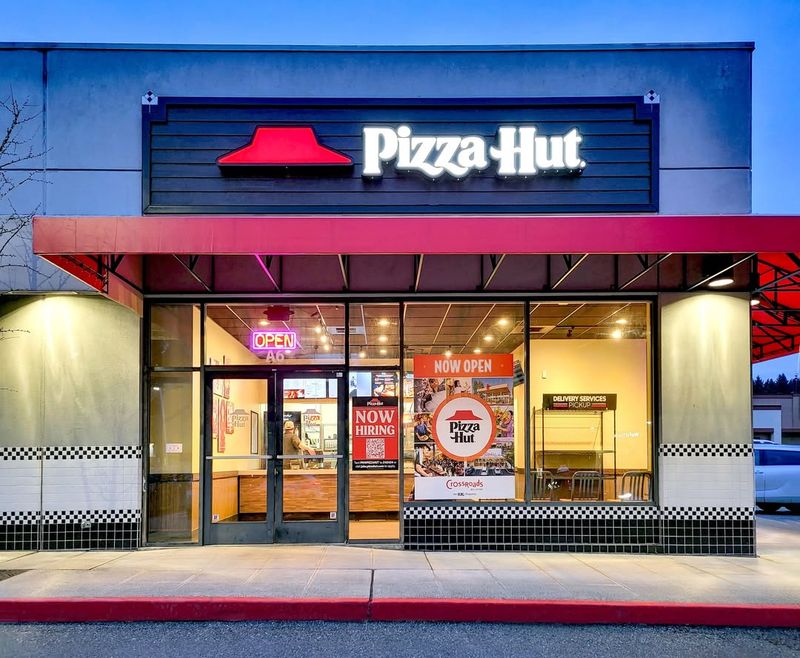
Pizza Hut never really vanished—but it definitely lost its crown somewhere between soggy crusts and awkward dine-in layouts. Now? It’s staging a throwback revival that’s as cheesy as it is brilliant.
They’ve brought back vintage logos, the original pan pizza, and even reintroduced dine-in nostalgia with retro-style red-roofed restaurants in select cities.
Add to that the appeal of the Big New Yorker and stuffed crust classics, and Pizza Hut is reminding everyone why it was once the pizza spot for Friday nights and school book clubs.
They’re blending nostalgia with new-school delivery tech—and suddenly, it’s cool to be a Hut kid again.
Leave a comment